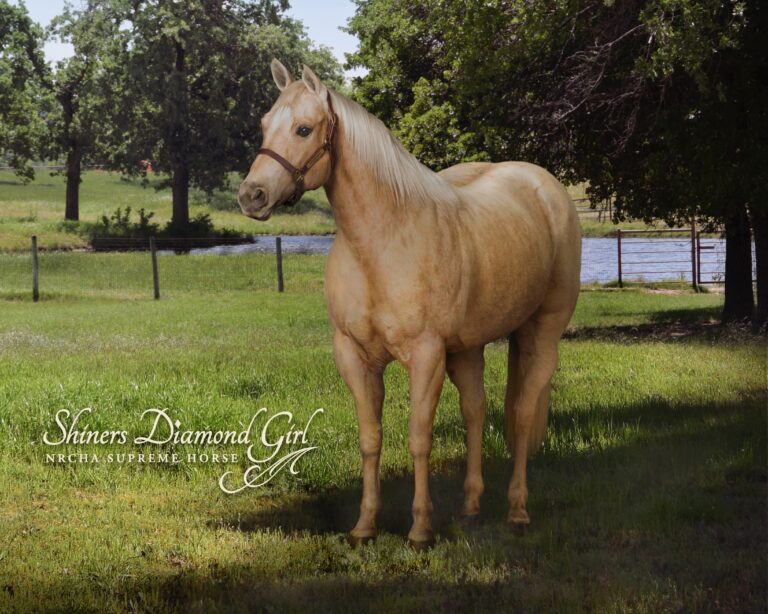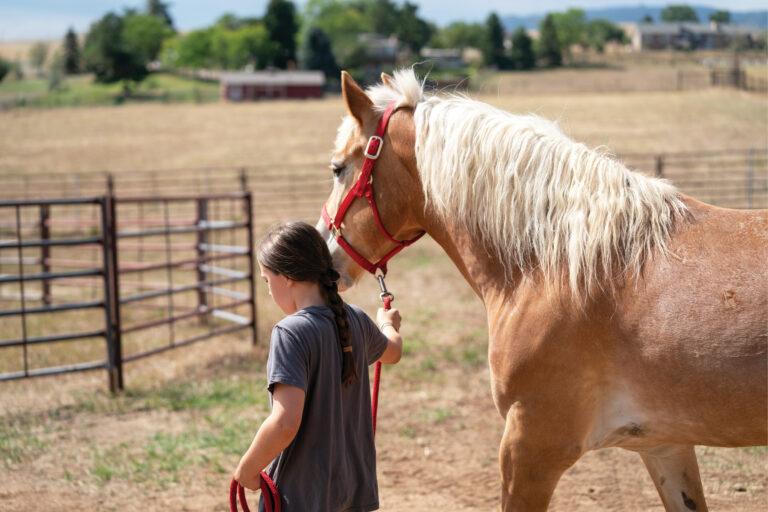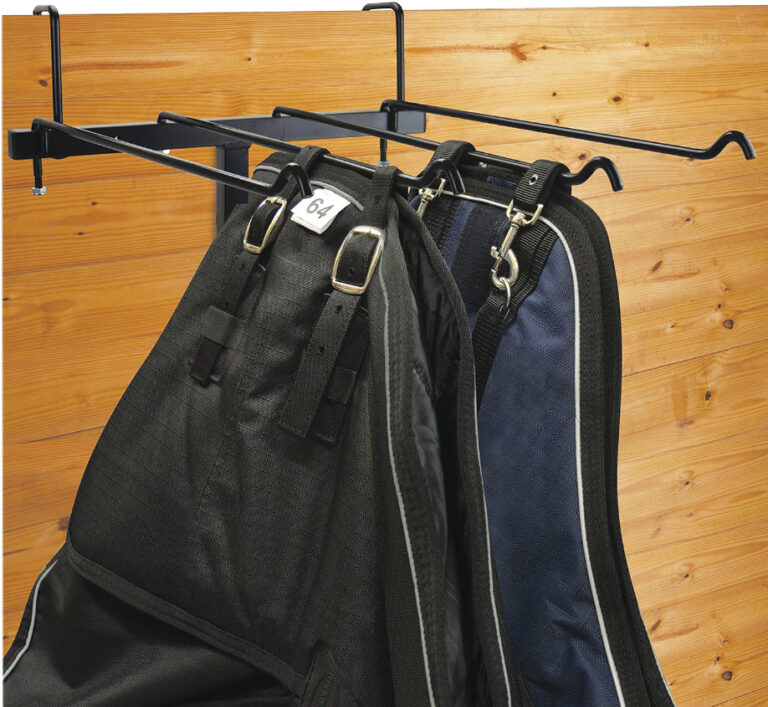As a horse owner, you are in touch with nature because that’s where your life is. In fact, you likely wish you could spend more time outside enjoying your hobby. With your appreciation for the outdoors and animals and the movement toward more sustainable practices, you might be wondering how to balance environmental concerns with the life you love.
The best advice is simply to start. From there, you can begin incorporating greener practices in all areas of your horse life, from the products you buy for your horse to the clothes that you wear and how you manage your horse’s environment. Get 25 tips to repurpose, choose responsible brands, improve the sustainability of the products that you’re already using, and make your horse life more sustainable.
NO.01 | Be aware of trends.
It can be easy to fall into the routine of purchasing the same products, using the same horse maintenance practices, and enduring the same old equipment. Horse products and practices improve every year. By staying abreast of the latest innovations, you can be sure that you are being the best steward to the environment, using the safest products on your horse and for yourself, and improving the efficiency and decreasing the waste of your property and horse management.
NO.02 | Trash to treasure.
Repurpose and upcycle items that you might otherwise throw away such as grain bags or baling twine. Create a homemade halter and attached lead line from braided twine and learn “50 Ways to Upcycle Your Feed Sack.”
NO.03 | Piece out before you buy new.
With most tack, from blankets to headstalls, and saddles, many items can be piecemeal repaired without buying an entirely new piece of equipment. A broken or worn throat latch, back cinch billet, blanket leg or chest straps, or rein clasps can all be replaced individually.
Read More: Get a Green Barn
NO.04 | Get thrifty with repairs.
You don’t necessarily need to buy replacement items either if you’re willing to be a little creative and thrifty. A worn saddle seat can be reupholstered using an old pair of jeans. You can patch and repair the outer layer of torn blankets or patch holes in the top layer of saddle blankets (depending on the material).
NO.05 | Shop local.
You can purchase used show clothes, tack, trailers, and other items to outfit your horse life from local consignment shops, online marketplaces, friends, and family. By buying from existing inventory, you reduce the demand placed on suppliers to produce more products, which uses energy and creates more potential waste.
NO.06 | Turnout the waste.
Horse blanket manufacturers are turning to recycled plastic bottles to create outer layers and liners and are working to reduce energy used for production of their products. Find Weatherbeeta’s Green-Tec blankets at weatherbeeta.com or SmartPak’s Deluxe Turnout Blanket with Earth Friendly Fabric at smartpakequine.com.

NO.07 | Rethink wool.
Woven wool saddle pads are an alternative to hide-backed wool blankets and are machine sewn to tightly attach the wool to synthetic backing. The synthetic backing keeps the wool from matting and falling out, and since the hide isn’t needed, sheep can stick around to keep producing wool every year. Find woven wool Western riding pads at thinlineglobal.com.
NO.08 | Make leather happy again.
Chemical-free leather-cleaning products are not only easier on the environment, but they’re also better for your leather and are less likely to cause drying. If you’re not sure how green-friendly the product is, read the label. Chamberlain’s, Leather Honey, and Cobbler’s Choice are some green examples, and many others can be found online or at your local tack store. If you want to avoid manufactured products altogether, you can choose a homemade, do-it-yourself solution.

NO.09 | Choose for yourself.
As with most decisions in life, it is best to do your own research and choose what aligns with your lifestyle. Leather can cause some controversy as it’s not an animal-free product so may not be the right option for someone trying to adhere to a vegan lifestyle. However, leather is produced as a natural byproduct of the food industry and typically outlasts synthetic materials. For this reason, it may be a “more sustainable” option in terms of waste, energy, and chemical byproducts.
Read More: Trail-Riding Essentials
NO.10 | Waterproof without harm.
For your turnout blankets and sheets, you can use green products from Nikwax or other brands to waterproof them after each season. Their products are water-based and biodegradable, are not tested on animals, and use 100% recycled plastic for their bottles.
NO.11 | Accessorize to fit the fashion.
You can find fashion-forward new and used Western clothing through online marketplaces and groups to stay on trend at occasions where you want to look the part but aren’t riding. You can also often add Western flair to your existing wardrobe through accessories such as boots, concho or tooled belts, or in-fashion jewelry.

NO.12 | Upcycle to get show-ready.
Rather than purchase a couple of high-ticket items at a Western retailer, you can upcycle simple, universal items for a sharp look. Simply take in a collared shirt and add rhinestones to create a show-pen ready top. Use old scarves for neck ties or wild rags. Use non-Western brand pants or jeans for daily riding. You can also use dyes to freshen up or change the color of your favorite denim for a whole new look.
NO.13 | How ’bout them dad jeans.
If you can’t find the fashionable George Strait-era denim in your closet or local secondhand store, Wrangler recently launched their Reborn line, which features only vintage (2000s era or earlier) or pre-loved jeans. Many old jeans are back in style, giving you even more of a reason to thrift shop.
NO.14 | Corporate gone compostable.
Brands such as Twisted X, Kerrits, Ariat, and others have launched eco-friendly products that are primarily made from recycled or plant-based materials. Some have even launched campaigns to plant trees with qualified purchases.
NO.15 | Skip the cleaner.
The best way to reduce waste is not to create it at all. When you’re at a show, use an undershirt when possible, and strip your top and hang it after your event to avoid needing to clean or dry clean it in between uses. For those items that just need to be washed, choose eco-friendly laundry detergent and air dry when possible.
NO.16 | Feed from reused.
Choose durable, reinforced rubber buckets for grain and water that are made from 100% recycled plastic. Find multiple shapes and capacities online from Fortex or from other retailers.
NO.17 | Go hybrid.
Many vehicle manufacturers have been sprinting to produce eco-friendly options with towing capacity. Ford’s F-150 hybrid is perfect for those who want a greener option but don’t have a readily available charging station or have to travel longer distances. Due to its powertrain specifications, it can tow up to 12,700 pounds, which is more weight than a three-horse slant and a couple horses. The Ford F-150 Lightning also has adequate towing capacity to haul a few horses, but because it’s fully electric, it may be more practical for less rural horse owners.
NO.18 | Responsible rubber.
Many mat manufacturers use recycled tires for rubber mats that can be installed throughout barns, stalls, and trailers. Find options at your local tractor or feed store or order online such as CocoMatsNMore. You can also save old tires from ending up in the landfill by converting them to feeders.
NO.19 | Manage the runoff.
Add gutters and roof runoff systems to the buildings around your property to divert clean rainwater away from high-traffic areas to reduce mud and keep surface water clean. You can also make good use of the natural rainwater resources by installing a water collection system, which can divert, store, and then make water available for reuse in gardens and pastures, and to maintain riding areas.
NO.20 | Water with care.
Use water carefully when watering pastures and riding areas to avoid overwatering, which can result in mud, unsafe riding conditions, or simple resource overuse. Water at night or early morning when evaporation is lowest. When possible, use drip irrigation, micro-sprays, or soaker hoses to manage the amount of water distributed at once. You can also invest in an underground irrigation system, which carefully manages water for better, more even footing and doesn’t waste water. Regardless of the approach you choose, the goal is to apply water directly to the soil with minimal evaporation or runoff.
NO.21 | Install automatic waterers.
Auto watering systems help conserve water because they only use as much as your horse can drink. Look for systems with moderate-sized water pans. As with large troughs, the larger waterers get dirty and full of algae, requiring frequent dumping and cleaning. Research options at Nelson-brand waters, Drinking Post waterers, Ritchie, and others.
NO.22 | Pick up and spread manure.
Pick up manure regularly in pens, stalls, and high-traffic areas. Keep manure piles away from ditches and water, and if you can, start a composting system. You can also spread manure with a tractor and spreader in pastures or dry lots to help it break down faster.
NO.23 | Use pasture to your advantage.
Grass pastures are a great supplement to hay and grain. Effective pasture management ensures that your horses have adequate space and feed, reduces erosion, and is a more natural way to manage horses. Rotate pens to avoid overgrazing, and use natural fertilizers and herbicides to keep chemicals from making their way into water systems.
NO.24 | Eco-friendly fly control.
Choose natural practices over insecticides. Fly predators from brands like Spalding are a natural way to manage fly populations. Spread them on manure early in the season and throughout the summer; the predators will attack fly larvae and keep it from hatching. Encourage insect-eating birds to make their homes nearby by installing feeders and houses. While you’ll want to watch to make sure they’re not nesting and creating holes in areas of your barn, birds, and especially swallows can help manage fly populations.
NO.25 | Spray organic.
You can find and use fly repellent sprays and balms that are made from natural ingredients or make them yourself! SmartPak’s Nature’s Force Natural Fly Repellent and Absorbine’s UltraShield Green Natural Fly Repellent are examples of products made from a blend of organic plant oils, including geraniol, clove, thyme, cinnamon, and lemongrass.






